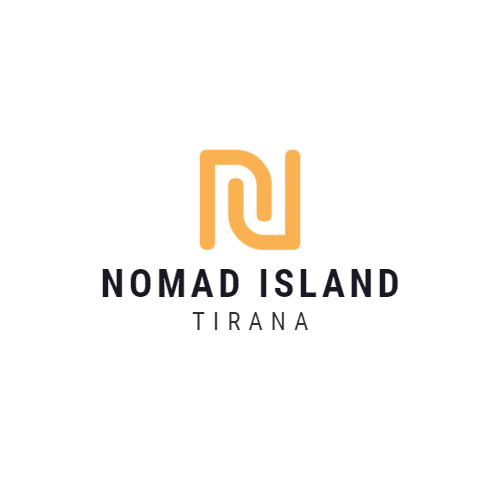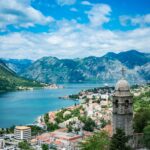The Schengen Zone is the area of 26 European countries that abolished their international borders to make travel between the countries free. This Schengen Agreement was signed in 1985, near Schengen in Luxembourg.
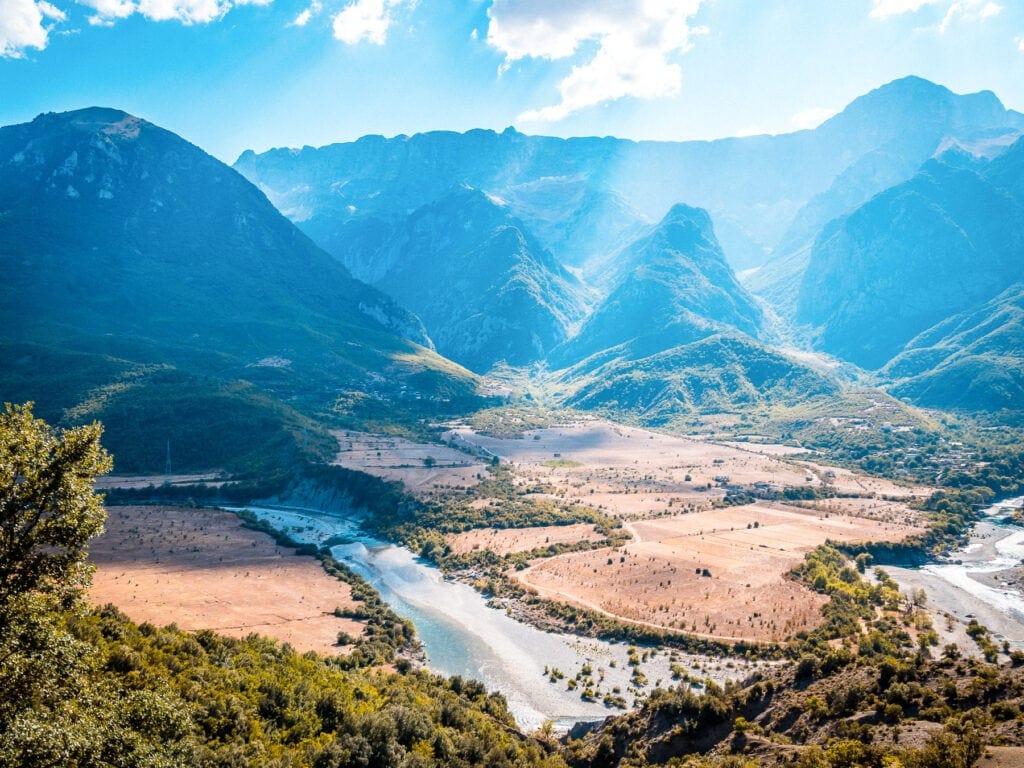
List of Non-Schengen Countries in Europe
True – most of the countries inside the Schengen zone are the ones we immediately associate with Europe. But there are actually many more countries on the European continent that aren’t part of the Schengen Agreement. These include:
- Albania
- Andora
- Armenia
- Azerbaijan
- Belarus
- Bosnia & Herzegovina
- Bulgaria
- Croatia
- Cyprus
- Georgia
- Ireland
- Kosovo
- Macedonia
- Moldova
- Monaco
- Montenegro
- Romania
- San Marino
- Serbia
- Turkey
- Ukraine
- The United Kingdom
- Vatican City
Most of these are a quick and cheap plane hop away from the Schengen Zone, so you won’t be spending large amounts of money travelling there.
Non-Schengen Countries for Digital Nomads
So which of these non-Schengen countries are good for digital nomads to work and live from while escaping the 90-day constraint of The Schengen?
Here’s a list of non-Schengen countries many of our Tribe members have loved living and working in.
Albania
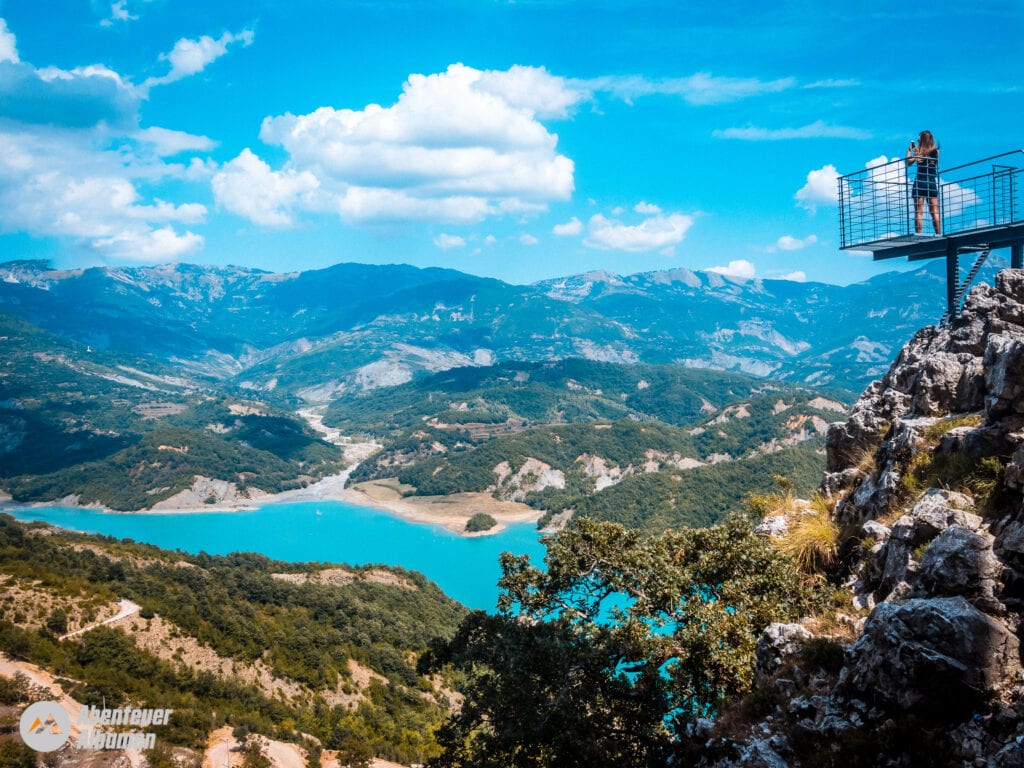
Albania is one of the most overlooked destinations in Europe. Yet there are enough sights in the capital for a long weekend, and you can spend a few days on the beach in Durres, Saranda or Vlora in the summer. For us, Tirana is one of the best insider tips in Europe, which is a clear recommendation from us. You see once a country, in which there are much too many prejudices. Albania has changed very positively if you are worried.
Nomad Island is a new addition in the Balkans and the first coliving in Albania. A charming villa from the 1920s offers colivers an intimate setting with just a few rooms and a beautiful outside working area.
The space is located in a quiet street, right in the middle of Tirana, close to the Old Bazar (Pazari i Ri), where a plethora of tasty and cheap eating options are luring in locals and visitors alike.
Closest Airport by Car: Tirana, Albania (20 mins).
Cost: Shared 4-Bed Community room / from €480 per month, Private room Micro / from €680 per month, Double room / from €980 per month, Suite from €1180 per month
Bulgaria

When you think about being a digital nomad in Bulgaria, what images come to your mind? Is it another European city with preserved architecture, or nature plains?
So what does the oldest country in Europe have to offer for those wanting to become a Bulgaria digital nomad?
Bulgaria is a continental with dry, chilly winter and hot summer climate.
The best time to visit Bulgaria depends on the purpose of your visit.
It is recommended to visit Bulgaria from April to June and from September to October, to experience a mix of good hot and humid weather. And cheaper flight tickets!
Top Destinations For Digital Nomads In Bulgaria
1. Sofia
The capital of Bulgaria is the centre of the country’s cultural hub. With over 20 museums to visit and architectural monuments to marvel at, Sofia is perfect for those who prefer a culturally-enriching life in the city.
2. Bansko
Over the years, this town in Bulgaria is known as the go-to skiing spot. Nowadays Bansko, Bulgaria is a digital nomad hub that is rising to become one of the top destinations for digital nomads in Bulgaria.
3. Varna
Varna has a reputation as the seaside capital of Bulgaria, as tourism contributes a huge chunk to the city’s economy. It encapsulates the coexistence of entertainment and culture.
4. Plovdiv
For digital nomads in Bulgaria, Plovdiv is the equivalent of Chiang Mai in Europe. As Bulgaria’s business and tech hub, the city is well on its way to becoming Europe’s next tech capital, thanks to lower operation costs and the rise of fintech companies in Bulgaria.
Bosnia & Herzegovina
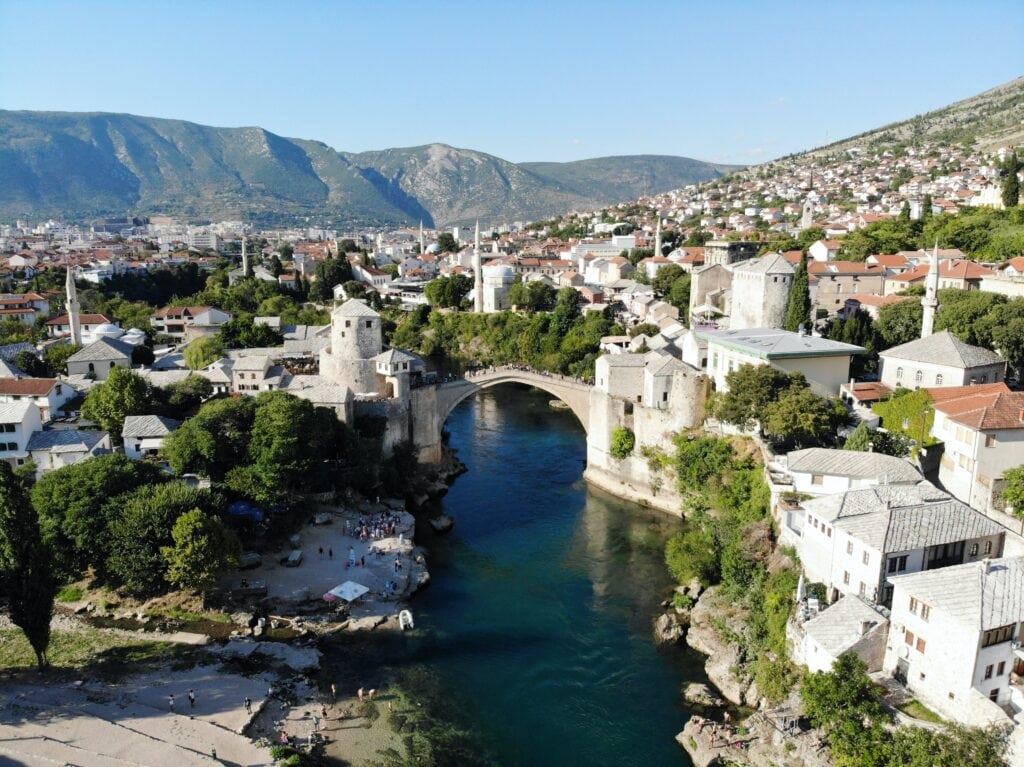
In this melting pot of cultures everyone is welcome, and anyone can feel at home.
Situated in the south of Bosnia and Herzegovina, between the mountains, forests, and the sea, Herzegovina is a unique Digital Nomad-friendly oasis with diverse nature, rich culture, and a lot of available activities.
Herzegovina is well connected via roads and flights with the region and the entire world. Within the region, everything is close and reachable within a short drive.
Summer is the best time to visit if you plan to visit waterfalls and go swimming. The temperature will be scorching hot, with daytime temperatures reaching 100 degrees F (38 C) easily in the cities. But for taking a dip, this season is ideal.
Natural water sources like Kravice Waterfall will be full of people hanging out and enjoying the refreshing water in the heat. Even in Mostar, people congregate along the riverbanks creating makeshift beaches in the summer months. Spring and autumn are also recommended and will be the less crowded months.
The cost of living in Bosnia & Herzegovina can be very low, especially when compared to Montenegro and Croatia nearby. You can easily thrive on $1,400 USD a month here, while still enjoying your stay by sightseeing, indulging in the nightlife, and eating well. If you are super budget oriented, it’s very possible to even spend $1,000 – $1,200 USD for the month.
Sarajevo
Sarajevo is the beating heart of Bosnia & Herzegovina. It is both the geographical and cultural capital of the country so to fully understand Bosnia & Herzegovina, you have to start here.
This city is beautiful in parts, but also quirky in others, and downright gritty in some. It definitely bears the scars to hint at its tragic history.
If you are interested in leaning into the history and culture of Bosnia, I’d recommend basing yourself here. You have the most museums, locals who speak English, and social opportunities to get to know the people of Bosnia & Herzegovina.
You’ll also be located somewhat in the centre of the country, with the most train connections for ease of getting around to other places.
Mostar
Generally, I wouldn’t recommend staying in Mostar as a digital nomad. The old town is very touristy, and although there is an actual small city beyond that, it’s not entirely impressive. I’d only recommend staying in this area to be closer to the many points of interest nearby, and for extensively travelling the south of the country.
You have waterfalls, national parks, and historic towns, all within day-trip distance. Plus in summer, you can totally swim in the river and hang out on the riverbanks here. With all the visitors and locals doing the same, it can be a very lively and surprisingly fun digital nomad base.
Montenegro
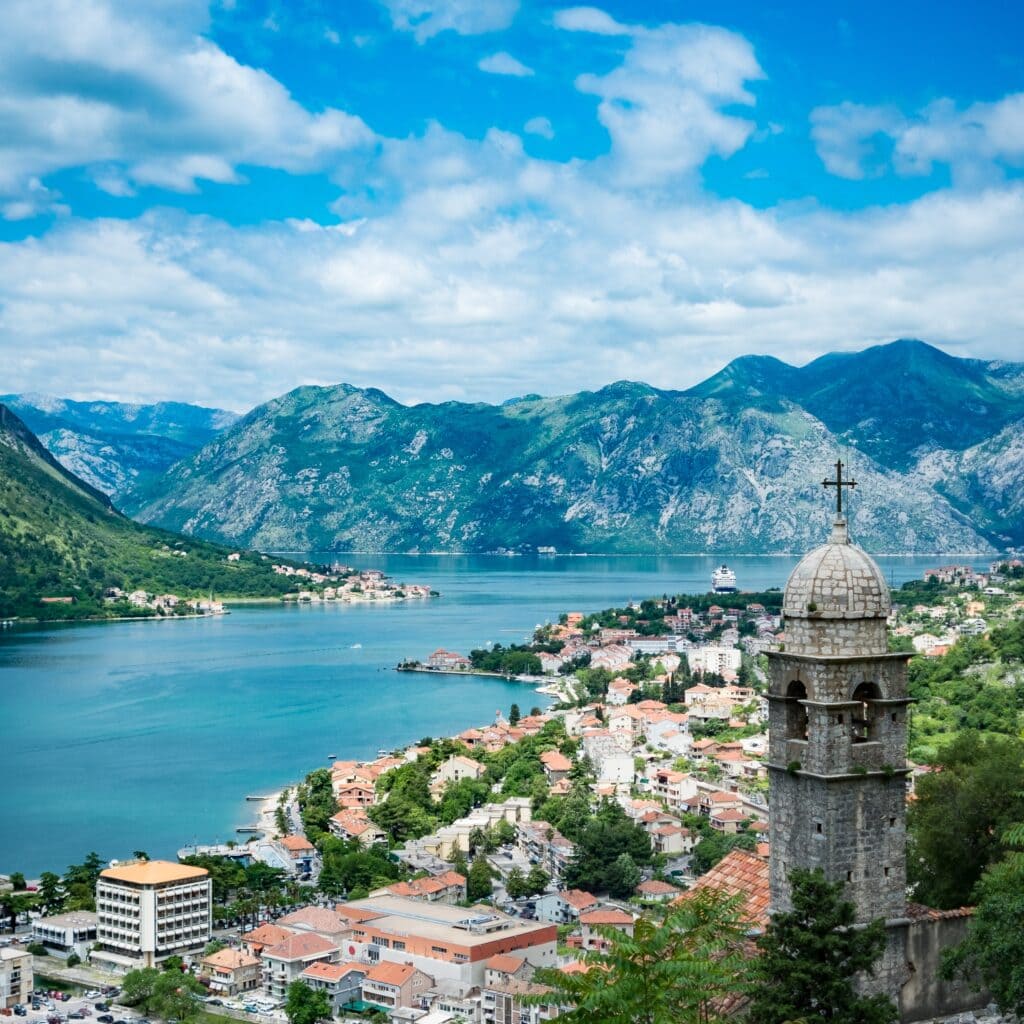
Another convenience for travellers is that Montenegro uses the euro, despite not yet being part of the EU. July and August are the most expensive and busy months, though still super cheap in comparison to other European countries. English speakers may need hands and feet to get by sometimes, but it’s doable.
Add to that a very laid-back flair and the fact that it can be wildly cheap, and you have a non-Schengen country definitely worth visiting. Recommended for digital nomads who don’t need to work from a cafe or coworking space, and who are looking to escape the party locations, especially in the quieter months from October to April.
When to go
While Montenegro might look like a typical summer destination at first, it’s actually quite versatile! Montenegro has all four seasons, each with its own pros and cons.
Spring runs from March to May and is characterized by comfortable temperatures (13 to 20 C / 55 to 68 F). However, throughout the beginning of spring, there are rain showers every other day (i.e. 10 to 15 days each month) that gradually taper off by the end of May.
Summer is, without a doubt, the most popular season in Montenegro. Temperatures range from a pleasantly warm 22 C (70 F) in June to a sweltering 28 C (84 F) in August, with an average sea temperature of around 25 C (77 F). If you’re into festivals, summer is the perfect month to visit — check out the famous Sea Dance Festival in Budva, the Fasinada procession in Perast, or the Summer Carnival in Kotor.
The beginning of Autumn is ideal if you want to enjoy the last days of summer weather without the crowds, as Montenegro is famous for its velvet season along the coast — and the waters are still warm enough for a swim!
Kotor
Let’s start with the most popular city in Montenegro: none other than Kotor! This charismatic city is famous for its stone houses, terracotta tiled roofs, and winding alleys, and is often called ‘Little Venice’ (it was actually part of the Venetian Republic for 300+ years!)
While Kotor has no shortage of charm and history, it might not be a good choice for long-term digital nomads. It’s an excellent base for being a tourist, but as a Digital Nomad, it might be too crowded and small (especially during peak season!)
Tivat
Although Tivat is typically used as a springboard to arrive and depart Montenegro (thanks to its well-connected airport), the city is quite cosy as a home base as well! In fact, it’s close enough to Kotor and Budva (15 and 30 mins by car, respectively) yet has all the comforts of a digital nomad base.
Romania
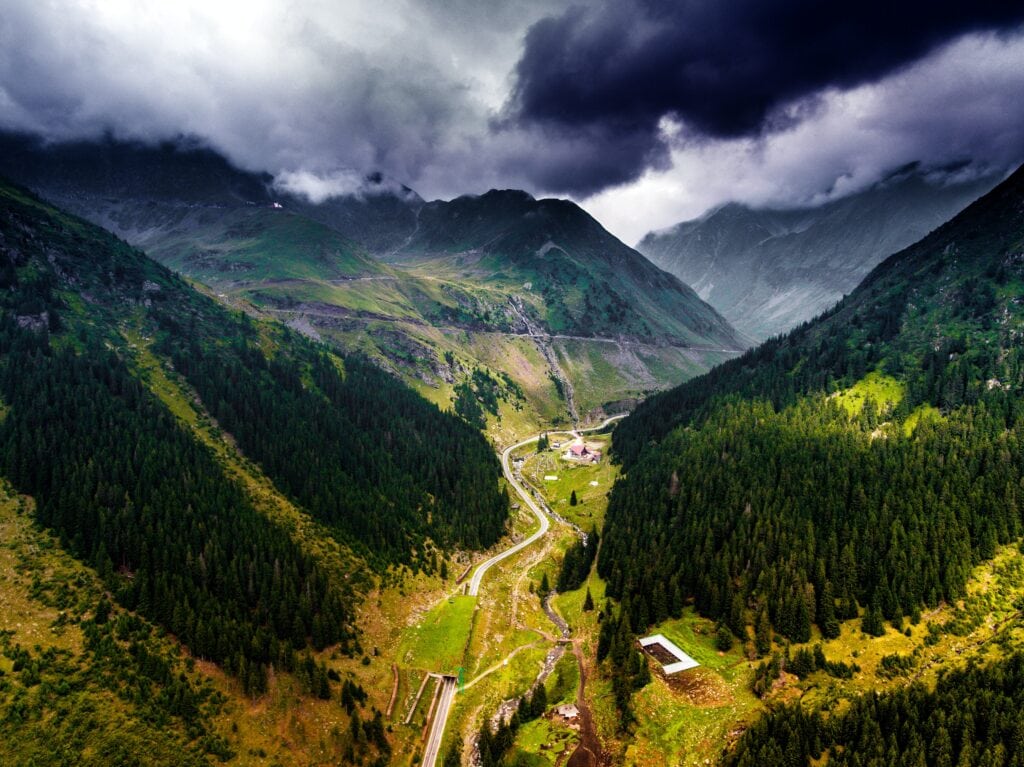
Romania is today a vibrant and fascinating country that offers many advantages to tourists and digital nomads.
Romania has only existed in its current borders since after World War Two, but the Romanian nation has been thriving in the region for many centuries. Home to the ancient Dacian civilization before being conquered by the Romans, Romania’s history is long and eventful.
Many people are familiar with Vlad Tepes, “the Impaler” (or Vlad Dracula), who served as inspiration for Bram Stoker’s Count Dracula. The real-life count lived in the 15th century in Transylvania, and you can visit some of his castles. Apart from Dracula, Romania is known for its dark past as a communist state under megalomaniac dictator Nicolae Ceausescu.
All of these historical episodes shaped the culture and mentality of Romanians today, and traces of the communist past are visible all over the country.
Many Romanian cities are well-suited for nomads thanks to their infrastructure and quality of life. I would say that the best places to live in Romania as a digital nomad are the capital and several places in Transylvania. Here are some suggestions.
Bucharest
As a digital nomad in Romania, Bucharest is the obvious choice. It has the country’s best infrastructure, connectivity, and first-world amenities.
In terms of architecture, Bucharest has some of the most oversized and bombastic communist buildings in all of Europe. That’s because a lot of structures here are from the Ceausescu regime. Apart from commie blocks, Bucharest also has countless cultural and culinary institutions and a buzzing nightlife scene.
Cluj-Napoca
Many tourists overlook Romania’s second-largest city, but it’s actually one of the best places to live in Romania.
It’s less hectic and crowded than Bucharest and is the home of Romania’s largest university. As such, Cluj-Napoca is a young and dynamic city with a great nightlife scene.
Brasov and Sibiu
Brasov is the tourist centre of Transylvania thanks to its stunning medieval core and proximity to several castles and national parks.
In this context, Brasov is an excellent base to travel to Bran Castle (Dracula’s Castle) and Peles Castle, two of the best-preserved medieval fortresses in Transylvania.
It’s super popular among tourists, but also suitable for digital nomads thanks to its coffee shops, central location, and laidback vibes.
Sibiu is a small city in the centre of Romania, and much like Brasov, its gorgeous medieval architecture and chilled-out vibes make it a great place for remote workers.
Constanta on the Black Sea
If you want to be close to a beach, Constanta is arguably the best choice. It’s the largest city on Romania’s Black Sea coast and has enough infrastructure for your remote working stay.
Better still, it’s well-connected to Bucharest and several Black Sea resort towns.
